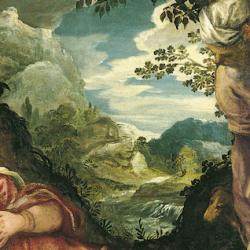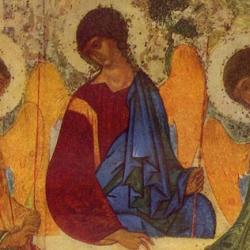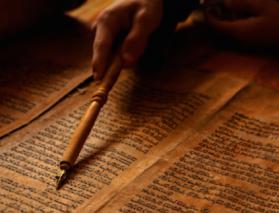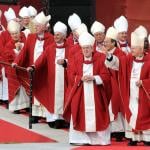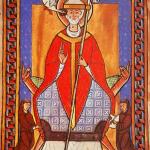Mary Douglas (Leviticus as Literature) argued that the book of Leviticus is constructed as a texual tour of the tabernacle. Moshe Kline agrees:
“This structure can be interpreted as an analogical
representation of the Tabernacle with chapter 19
parallel to the Ark of the Covenant, the inner array the
Holy of Holies, the middle array the Holy Place, and
the outer array the courtyard. The experience of
reading Leviticus, according to this analogy, places the
reader in a position analogous to the High Priest on the
Day of Atonement. Like the High Priest, the reader
follows the inner path to holiness at the center of the
book, passing through the courtyard and the Holy
Place to the Holy of Holies. This path is reversed in the
second half as the reader?High Priest returns to society
when exiting the Tabernacle” (11).
In somewhat different terms: “The High Priest
turns inward, both physically and figuratively, to
stand alone before God in the Holy of Holies. After
experiencing the divine presence, he reverses his
direction to move away from the intimacy with God
towards his fellows, both priests and Israelites. This
would explain the appearance of social legislation
towards the end of Leviticus. This reading invites the
reader to travel the path of God’s laws by turning
inwards like the High Priest to the focal point to accept
the yoke of holiness (Unit X, ch. 19). From this point
he/she gradually returns to the community, ultimately
to participate in the divine history of ch. 26 by creating
the just society portrayed in the laws of ch. 25” (28).






